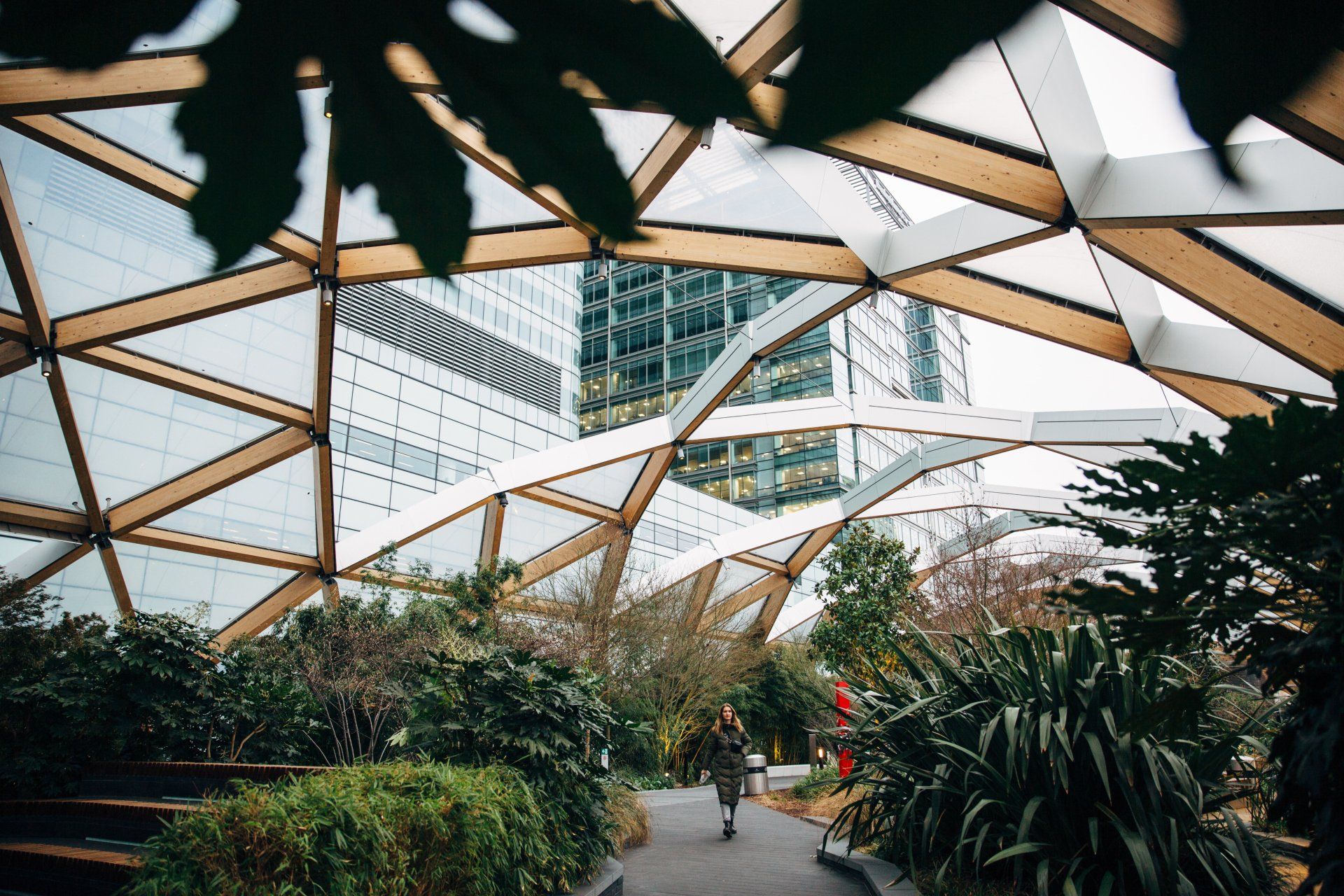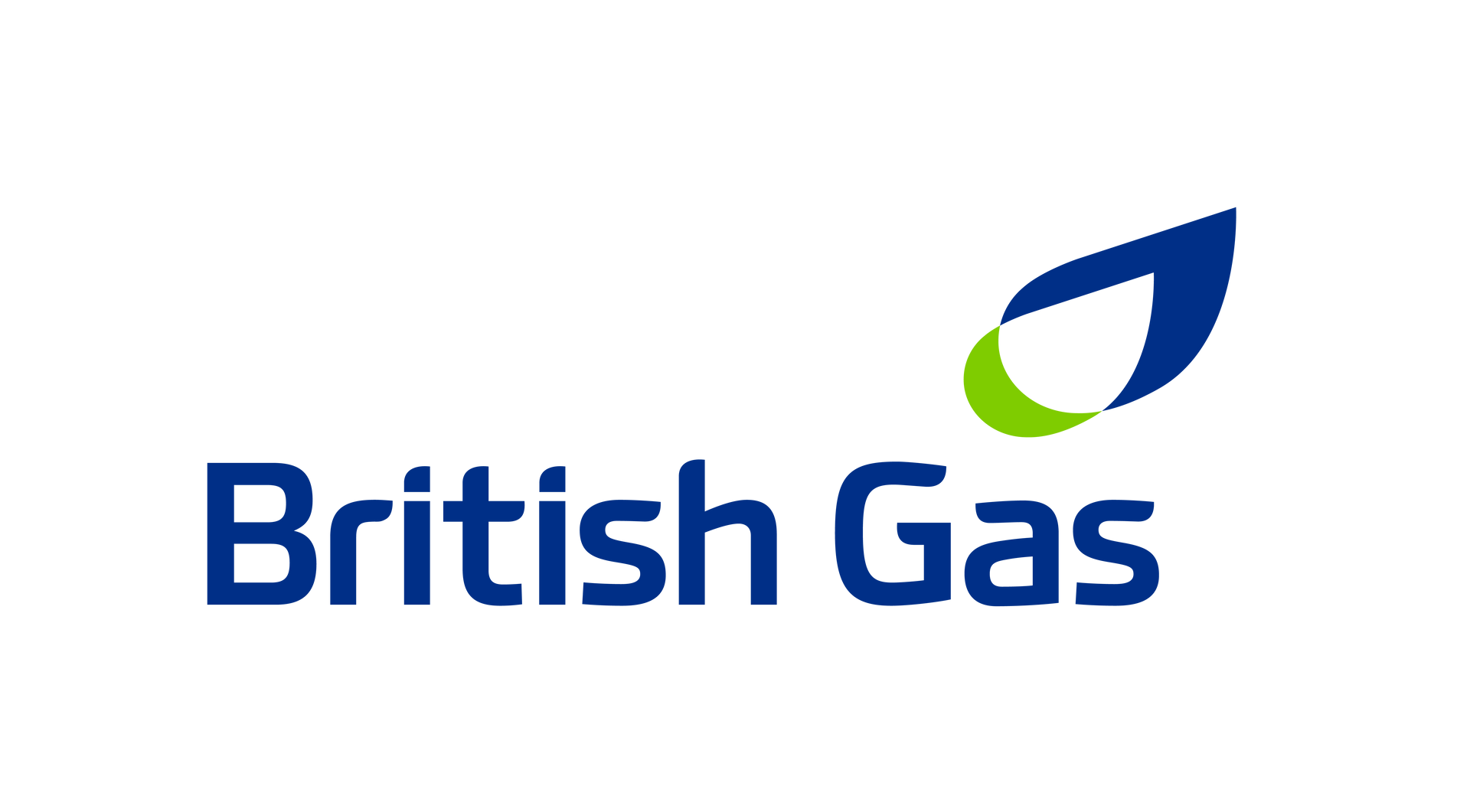Follow us
There are many reasons why businesses are focusing on sustainability more than ever before. One key factor is the increasing demand from customers, who are buying from businesses which share their values and prioritise environmental issues.
The
‘Insights Behind Sustainable Business Growth’ report, produced by our sister company Centrica, identifies one of the key characteristics that defines a sustainable business is a ‘relentless customer focus’. These are organisations who are accelerating their plans to develop products and services that are more sustainable, who proactively lead the environmental debate, and who are building green credentials into their business plans and brand positioning.
Companies taking the lead are not only benefiting from improved brand perception and reputation, but by developing long-term energy strategies and aligning them with their wider business goals, they are more likely to enjoy strong future growth prospects and outperform their competition.
So, how can you embrace a relentless customer focus for your business?
Future-proof your business with a long-term energy strategy
One of the most important factors for a business is to have a solid plan for how it will consume and acquire energy in the future. With many organisations automating processes and investing in digital transformation, the demand for energy is growing.
By seeing energy as a strategic asset, sustainable businesses are generating their own power, optimising their usage and re-using wasted energy, to make cost savings and open new revenue streams.
Build an environmental focus into your brand positioning
With consumers looking to make a positive difference to the planet, they are choosing brands with strong environmental credentials. To attract and retain customers, today’s businesses need to articulate their plans to become more sustainable.
As we mentioned in our last blog, being “socially and environmentally responsible” is now a top three priority for businesses. Investing in energy technology and low carbon energy solutions means customer-centric organisations are enjoying improved reputation and they are now building these environmental credentials into their brand positioning.
Of the most customer-centric businesses we interviewed, 51% said that an organisation’s ability to “lead the debate around environmental issues” was “very influential” in their purchasing decisions. Also, 56% said their ability to offer “green” or “environmentally-friendly” products and services was also “very influential”. .
Choose the right partners
Businesses can demonstrate their sustainable credentials to customers by working with partners who have a similarly positive environmental focus. Our research shows that sustainable businesses are placing increasing focus on working with suppliers who share their ethical values and goals around energy.
Make energy an integral part of an overall business strategy
We also saw that sustainable businesses are developing energy strategies that align with their overall business strategy and feed into their company ethos. The success of these strategies is dependent on buy-in at board level. Our research shows there is typically a gap between the CEO’s expectations and the day-to-day priorities of the energy manager. Sustainable businesses enjoy much boarder alignment on key issues, such as complying with regulation, application of energy technologies and linking energy with wider business objectives.
To learn more about the outcomes of our research, download our full report
here.
Read more...

Wholesale energy prices have experienced unprecedented levels of volatility since the end of summer 2021, with both day ahead/spot and future contracts surging to all-time highs. In the last couple of months, prices have decreased but still remain high compared to a year ago. This period of high energy prices is expected to continue for the foreseeable future (see next section). Energy prices have surged for a number of reasons: A global increase in gas demand following the ease or end of Covid-related restrictions throughout 2021. After the pandemic, economies across the world started to recover. Asian countries like China saw their imports of Liquified Natural Gas (LNG) increase. This resulted in lower LNG shipments to the UK and Europe. On the supply side, the Covid-19 lockdowns pushed some maintenance work from 2020 into 2021 at a time when demand was recovering. In 2021, gas production hit a record low of 363TWh, 47TWh below the previous record low in 2013. Low production was the result of an extensive summer maintenance schedule which saw shutdowns at several major terminals, as well as the Forties Pipeline System which serves a significant proportion of UK gas and oil production. A lack of wind in the summer resulted in higher demand for conventional power. European gas storage in 2021 and Q1’22 remained far below previous years and it’s unclear how these are going to be replenished in the summer given the concerns around supply including the potential suspension of Russian gas flows due to sanctions. The 1,234km offshore Nord Stream 2 gas pipeline, which was designed to double the flow of gas between Russia and Germany (and by extension the rest of Europe) has been abandoned following the invasion of Ukraine. Gas storage in the UK is extremely minimal with capacity at less than 2% of the UK’s annual demand, compared with 22% for other European countries. Whilst the UK is not heavily reliant on gas coming from Russia, it sources almost half it’s gas supply from Europe. Hence, wholesale gas and power prices in the UK are now subject to knock-on-effects from the conflict in Ukraine.

Amidst rising energy costs, digitalisation, growing pressure from stakeholders and increasing regulation, organisations may struggle to define their pathway to a low-carbon future. What can you do to protect your business’ net zero plans from the challenges of volatility? Disruption and volatility are putting organisations under pressure. Digitalisation and new technology developments continue to challenge existing business models. Its increasing dependence on energy and encouraging businesses to drive change to secure competitive advantage. And as customers, employees and shareholders look to engage with companies who understand the importance of decarbonisation, pressure is mounting to prioritise sustainability.
Contact us
Call now to get an energy quote for your business
Large Business
Do you spend more than £100,000 a year on business energy?
Call now to find out how we can help you buy and use energy cost-efficiently

Wholesale energy prices have experienced unprecedented levels of volatility since the end of summer 2021, with both day ahead/spot and future contracts surging to all-time highs. In the last couple of months, prices have decreased but still remain high compared to a year ago. This period of high energy prices is expected to continue for the foreseeable future (see next section). Energy prices have surged for a number of reasons: A global increase in gas demand following the ease or end of Covid-related restrictions throughout 2021. After the pandemic, economies across the world started to recover. Asian countries like China saw their imports of Liquified Natural Gas (LNG) increase. This resulted in lower LNG shipments to the UK and Europe. On the supply side, the Covid-19 lockdowns pushed some maintenance work from 2020 into 2021 at a time when demand was recovering. In 2021, gas production hit a record low of 363TWh, 47TWh below the previous record low in 2013. Low production was the result of an extensive summer maintenance schedule which saw shutdowns at several major terminals, as well as the Forties Pipeline System which serves a significant proportion of UK gas and oil production. A lack of wind in the summer resulted in higher demand for conventional power. European gas storage in 2021 and Q1’22 remained far below previous years and it’s unclear how these are going to be replenished in the summer given the concerns around supply including the potential suspension of Russian gas flows due to sanctions. The 1,234km offshore Nord Stream 2 gas pipeline, which was designed to double the flow of gas between Russia and Germany (and by extension the rest of Europe) has been abandoned following the invasion of Ukraine. Gas storage in the UK is extremely minimal with capacity at less than 2% of the UK’s annual demand, compared with 22% for other European countries. Whilst the UK is not heavily reliant on gas coming from Russia, it sources almost half it’s gas supply from Europe. Hence, wholesale gas and power prices in the UK are now subject to knock-on-effects from the conflict in Ukraine.

Amidst rising energy costs, digitalisation, growing pressure from stakeholders and increasing regulation, organisations may struggle to define their pathway to a low-carbon future. What can you do to protect your business’ net zero plans from the challenges of volatility? Disruption and volatility are putting organisations under pressure. Digitalisation and new technology developments continue to challenge existing business models. Its increasing dependence on energy and encouraging businesses to drive change to secure competitive advantage. And as customers, employees and shareholders look to engage with companies who understand the importance of decarbonisation, pressure is mounting to prioritise sustainability.





